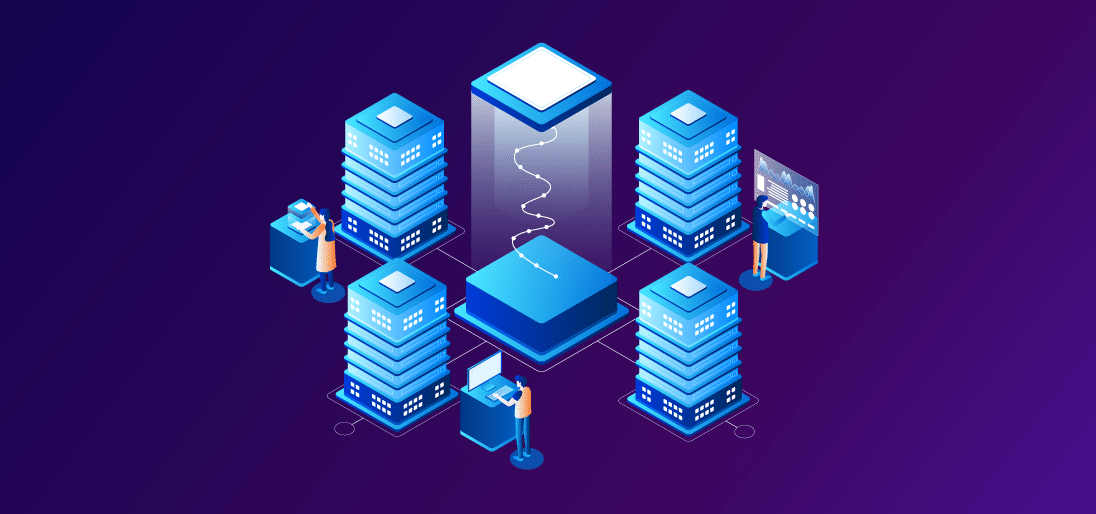
rocket domain was triggered too early. This is usually an indicator for some code in the plugin or theme running too early. Translations should be loaded at the init action or later. Please see Debugging in WordPress for more information. (This message was added in version 6.7.0.) in /var/www/rahi_io/wp-includes/functions.php on line 6114

Data centers are critical components of the modern digital economy, providing the infrastructure to support everything from social media to e-commerce. But with this increasing demand comes the need for advanced electrical systems to keep these centers running. In this article, we will explore the basics of data center electrical design, including key components and best practices for efficient and reliable operation.
Data center electrical design involves a range of components and systems that must work together seamlessly to provide reliable and efficient power to the servers and other equipment. Some of the key components of data center electrical design include:
To ensure reliable and efficient operation, data center electrical design should follow some best practices. Here are some key considerations:
Advanced data center electrical design offers a range of benefits, including:
Large data centers typically require more advanced electrical systems due to their scale and complexity. These centers may have multiple utility feeds, redundant UPS systems, and multiple generators to ensure uninterrupted power supply. Power distribution systems may include multiple PDUs and switchgear to handle the high volume of power required by the equipment.
In addition to redundancy and scalability, large data centers may also require advanced cooling systems, such as water-based cooling or evaporative cooling, to manage the heat generated by the equipment. These cooling systems may require additional electrical systems to operate, including pumps, fans, and controls.
Advanced electrical design for large data centers may also include features such as automatic transfer switches, which can quickly switch between utility and backup power sources in case of an outage, and intelligent power management systems, which can optimize power usage and minimize waste.
Small data centers may not require the same level of complexity as larger centers, but they still need to be designed with reliability and efficiency in mind. These centers may have single utility feeds and a single UPS system, with one or more generators for backup power.
Power distribution systems for small data centers may include a single PDU and switchgear, with load balancing to ensure even distribution of power. These centers may also use energy-efficient equipment and cooling systems to minimize energy usage and costs.
While small data centers may not require the same level of redundancy and scalability as larger centers, they should still be designed to accommodate future growth and expansion. This can include designing power systems that can be easily expanded or upgraded as the center’s needs change.
Whether designing electrical systems for a large or small data center, reliability and efficiency should be top priorities. Advanced electrical design for large data centers may require multiple utility feeds, redundancy, and scalability, while small data centers may require simpler systems that can still accommodate future growth. By following best practices for electrical design, data center operators can ensure that their equipment is powered reliably and efficiently, minimizing downtime and reducing costs over time.
Let our experts design, develop, deploy and manage your requirements while you focus on what's important for your business